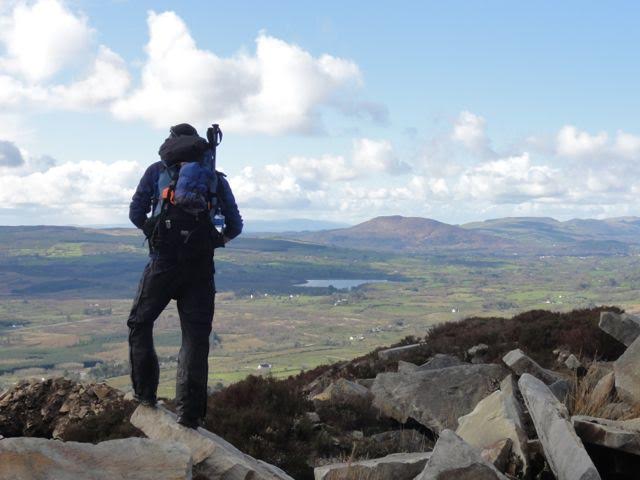Trip To Thur Mountain Glenfarne Co. Leitrim to see the Autumn Equinox sunrise interact with ancient Megaliths.
 |
| Sunlight projected onto rock at equinox |
Thursday Morning 22nd September 6.15
Leaving from the Rainbow Glenfarne at 6.15am Sharp going via Loughross bog to middle Thur. Time taken to walk up from parking position at Loughross is approximately 15 to 20 minutes.
Actual Sunrise is around 7.15AM .
Actual Sunrise is around 7.15AM .
 |
| Sunrise over Lough MacNean |
What to bring
Warm clothes, Torches, Wellies/hiking boots, Camera. (Warm drink/snack optional).
What You will see (weather permitting)
Equinox monument first photographed in September 2014. Here the sun shines in through two large rocks and casts a “pencil” of light on a flag stone positioned behind. In addition another stone has been shaped so that a “V” of light is visible at sunrise. There are some other alignments that have never been photographed so hopefully the weather will be kind this year.
Warm clothes, Torches, Wellies/hiking boots, Camera. (Warm drink/snack optional).
What You will see (weather permitting)
Equinox monument first photographed in September 2014. Here the sun shines in through two large rocks and casts a “pencil” of light on a flag stone positioned behind. In addition another stone has been shaped so that a “V” of light is visible at sunrise. There are some other alignments that have never been photographed so hopefully the weather will be kind this year.
There are many other monuments and prehistoric megaliths on Middle Thur and you will get a brief tour of some of these.
There is no cost and everyone will be hiking at their own risk.
No need to book . Contact Frank White 087 2520346 for further info
- View from Thur




